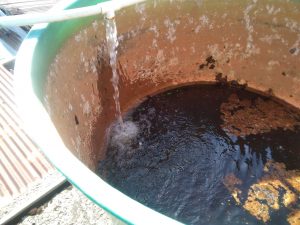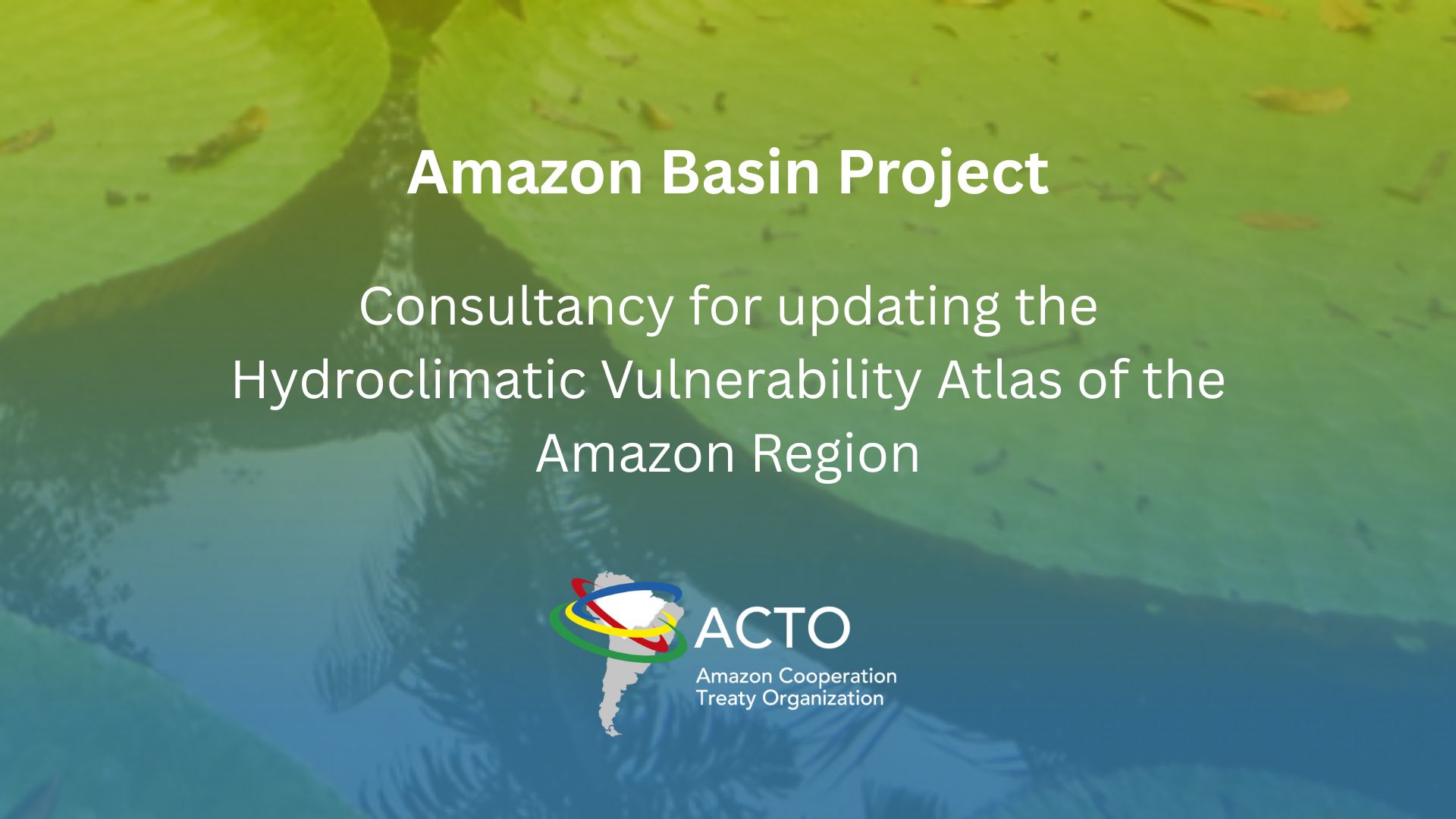Topics
Aguas subterráneas, Amazon, Amazon Basin Project, Amazonía, GEF - Fundo Global para o Meio Ambiente (FMAM), Integrated Water Resource Management (IWRM), Integrated Water Resource Monitoring, National Water and Sanitation Agency (ANA), Proyecto Cuenca Amazónica, Strategic Actions Program (SAP), United Nations Environment Programme (UNEP), Water Monitoring
Share
The most dynamic urban agglomeration of all the Amazonian borders, formed by the twin cities of Leticia and Tabatinga, is located on the border between Brazil and Colombia. The local population moves freely between the two cities and the two countries, sharing economic and kinship ties, as well as common traits that shape a cultural and regional identity, despite differences in origin and language.
The more than 109,000 inhabitants of this transboundary urban agglomeration that unites Leticia, on the Colombian side of the border, and the Brazilian city of Tabatinga, also share common challenges such as deficiencies in the sanitation system and the occupation of non-urbanized areas, among other environmental and socioeconomic development issues.
The binational hydrogeological study, presented to the countries in June, detected high concentrations of nitrates and fecal coliforms in the aquifer that constitutes one of the main sources of supply for the two cities. Aquifer contamination is mainly due to the infiltration of substances from septic tanks and domestic effluents.
Strategic Actions Program (PAE)
Brazil and Colombia jointly conducted this vulnerability and hydrogeological risk study in the aquifer of Leticia and Tabatinga with the aim of developing common policies for the protection and use of groundwater in the region. The Brazilian National Water and Sanitation Agency and the Colombian Ministry of Environment and Sustainable Development accompanied the study.
The initiative is part of the Project for the Implementation of the Strategic Actions Program (PAE), executed by the OTCA, with support from UNEP and financing from the Global Environment Facility (GEF). Since the joint approval of the PAE in 2017, the Amazonian countries have been developing national, binational, and regional projects within the framework of the OTCA to strengthen IWRM and improve adaptation to climate change. Producing consolidated regional data to enhance decision-making is one of the strategies established in the PAE.
Engineer Fabián Caicedo, Director of Integrated Water Resource Management at the Ministry of Environment and Sustainable Development of Colombia, indicates that “this study is an outstanding example of transboundary cooperation in the sustainable management of groundwater resources. This project demonstrates the importance of international cooperation in addressing challenges related to the knowledge of groundwater in shared basins and that coordination between countries is essential to ensure the availability and quality of groundwater in a critical region.” Caicedo also emphasizes that this project not only assesses the current situation but also provides information for the reformulation of Colombia’s National Policy on Integrated Water Resources Management.
Mauricio Abijaodi, Director of the National Water and Sanitation Agency of Brazil, highlights that a critical issue in the region is the limited coverage of sanitation services. He asserts that “it is essential to increase the coverage of water supply and sanitation services in both cities through strategic partnerships and the development of a plan to expand these services.” This issue was included on the Neighbor Committee’s agenda, for studying alternatives for shared management between the two countries.
Water and Public Health
The updated inventory of the 68 wells in the urban areas of Leticia and Tabatinga, as well as the suburban soil of the Colombian city, showed that groundwater is predominantly used for domestic purposes and, to a lesser extent, for public supply, industrial, recreational, and livestock uses.
 .
.  .
. 
As this is an environmental problem with implications for public health, the conduct of the study has generated expectations among the population. Claudia Silva, 34, has a well to supply herself with drinking water at her home in Leticia. When contacted by the study team, she was excited and assured that once she knew the quality of the water she was using, she would take necessary measures to improve it.
For geologist Fabrício Cardoso, specialist in Water Resources Regulation and Sanitation at the National Water and Sanitation Agency (ANA) of Brazil, when the final report of the study is made public, social participation will be essential to improve the state of the aquifer. According to him, a key point considered in the study is the participation of different actors in discussions on desirable future scenarios to achieve the sustainability of this water system and its ecosystem services, leveraging local knowledge to protect this water source, as well as to reduce its contamination, based on how its waters are used.
“Governments must address the issue of drinking water quality and water supply as a priority, actively working to build spaces for debate, sharing responsibilities, and dividing tasks according to their competencies,” Cardoso states.
Water Monitoring
The binational project also resulted in a proposal to create a network for monitoring the quality and level of groundwater to prevent and reduce identified risks, as well as a strategy to maintain its operation over time.
Representatives and authorities of the agencies responsible for water management at the national, departmental, and municipal levels of Brazil and Colombia, who attended the study’s dissemination event, indicated that the Environmental Secretary of Tabatinga will propose the inclusion of a discussion on the topic in the next agenda of the Brazil-Colombia Neighborhood and Integration Commission. This is a bilateral mechanism that has been meeting periodically since 1994 to examine issues of interest for border cooperation between the two countries.
Likewise, the Department of Agriculture, Environment, and Productivity of the Amazonas Governorate (Colombia) expressed interest in participating in a possible strategic alliance to monitor the quality of surface and groundwater through its professional technical team and using portable multiparametric equipment.
Related news
Post
28 de November de 2025
Water is the central element through which most of the impacts of climate change manifest themselves: more intense droughts, extreme [...]
Post
24 de November de 2025
On October 23 and 24, 2025, the Third Meeting of the Ad Hoc Amazon Water Culture Group (GCA) was held [...]
Post
3 de November de 2025
The Amazon Cooperation Treaty Organization (ACTO) announces a call for specialized technical services to update the Atlas of Hydroclimatic Vulnerability [...]




